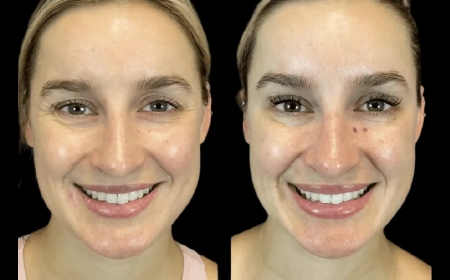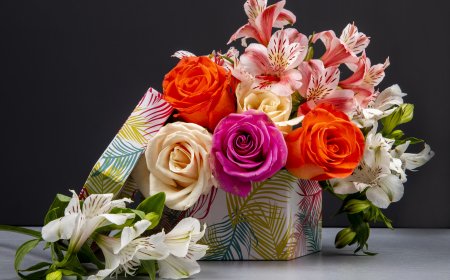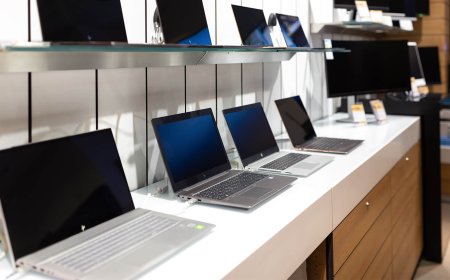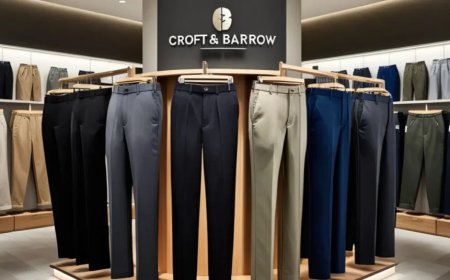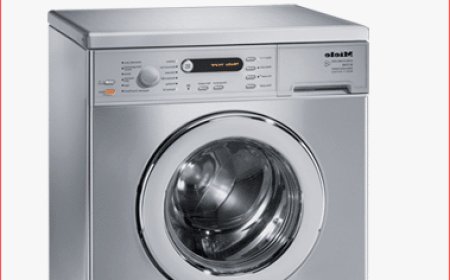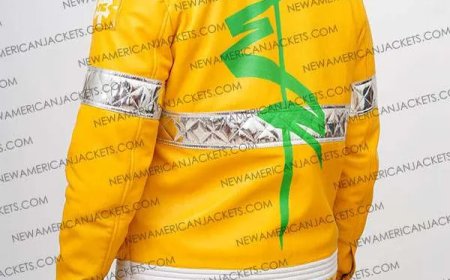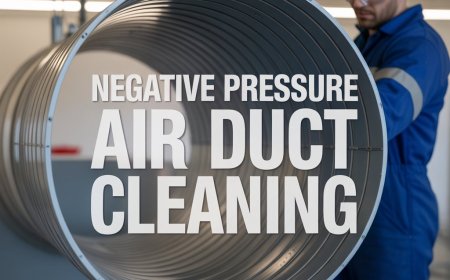5 Things to Consider Before Printing Your Custom T-Shirts
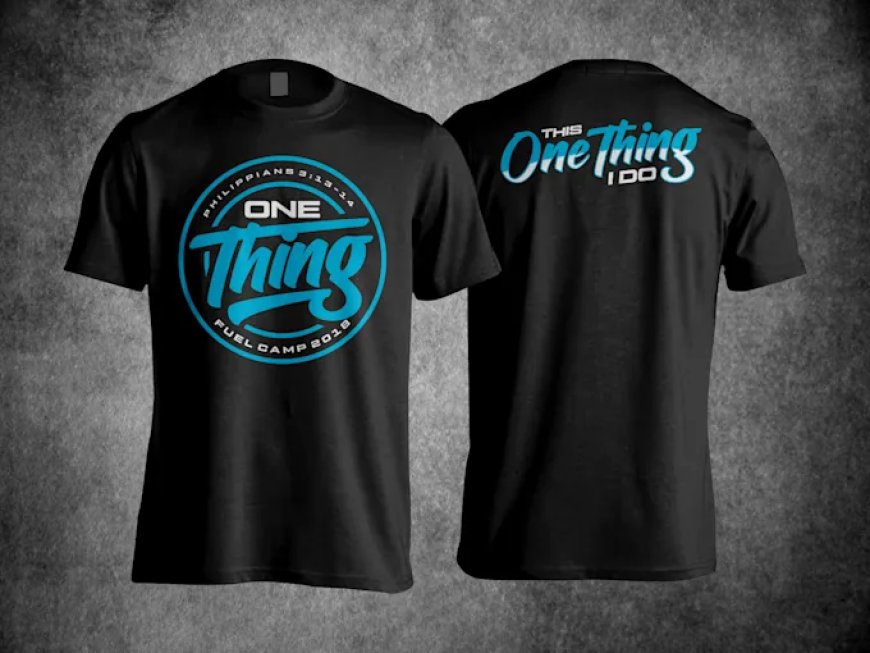
Custom t-shirts are a fantastic way to promote a brand, celebrate an event, or express creativity. Whether you’re looking to create custom shirts for a corporate event, a sports team, a charity, or simply for personal use, it's essential to plan ahead to ensure you get the best results. The apparel printing process can vary significantly depending on your design, budget, and purpose. Before diving into the world of custom shirts, there are several factors to consider to make sure your printed shirts meet your expectations.
In this article, we’ll walk you through five key things you should consider before printing your custom shirts, from selecting the right fabric and design to choosing the best apparel printing method for your needs.
1. Choosing the Right Fabric for Your Custom T-Shirts
One of the most important decisions you’ll make when creating custom t-shirts is selecting the right fabric. The material you choose will impact the comfort, durability, and overall look of your custom shirts. Here's how to select the right fabric based on your specific needs:
Types of Fabric
-
Cotton: The most popular option for custom t-shirts, cotton is soft, breathable, and comfortable. It's a great choice for casual wear and everyday use. However, cotton can shrink slightly after washing, so consider pre-shrunk cotton for better consistency.
-
Polyester: Polyester is a synthetic fabric that is durable, moisture-wicking, and quick-drying, making it an excellent choice for sportswear and activewear. However, polyester may not be as breathable as cotton, which can make it less comfortable in hot weather.
-
Cotton-Poly Blend: A combination of cotton and polyester, these blends offer the best of both worlds—comfort and durability. Blends are less prone to shrinking and are typically more affordable than pure cotton shirts.
-
Tri-Blends: Typically made from cotton, polyester, and rayon, tri-blend fabrics are known for their ultra-soft feel and stylish drape. They're a great option for a vintage or worn-in look but may not be as durable as cotton-poly blends.
Fabric Weight
-
Lightweight (4.5 to 5.5 oz): Ideal for warmer weather and casual wear. Lightweight fabrics provide comfort and breathability, making them popular for summer events and custom shirts that will be worn frequently.
-
Midweight (6 to 7 oz): This is a versatile option for all seasons, providing a good balance of durability and comfort. Midweight shirts are durable but not too heavy, making them suitable for most occasions.
-
Heavyweight (8 oz and above): Ideal for cooler climates or for use in uniforms or workwear, heavyweight fabrics are more durable but can be less breathable and comfortable in hot weather.
Why Fabric Matters
The fabric choice affects how the custom design will look and feel on the shirt. For instance, apparel printing methods like screen printing work best on 100% cotton or cotton-blend fabrics because the ink absorbs better into natural fibers. On the other hand, polyester fabrics are often better suited for sublimation printing, as the dye bonds directly with the synthetic fibers.
2. Design Considerations: The Right Design for Your Custom Shirts
The design you choose will be one of the key factors that make your custom shirts stand out. Before printing, it’s essential to ensure that your design is optimized for apparel printing and will look good on the shirt. Here are some important design considerations:
Design File Quality
-
Resolution: High-quality designs are crucial for professional results. Ensure your design has a resolution of at least 300 dpi (dots per inch). Low-resolution images may appear pixelated or blurry when printed.
-
Color Mode: For the best results, your design should be in CMYK (Cyan, Magenta, Yellow, Black) color mode, which is used for apparel printing. RGB (Red, Green, Blue) mode, which is typically used for digital displays, doesn’t always translate well to print and can cause colors to appear differently than expected.
Color Considerations
-
Pantone Colors: If you want precise color matching for your brand or event, using Pantone colors (a standardized color matching system) can help ensure consistency across your custom shirts.
-
Design Simplicity: More complex designs with intricate details or lots of colors may increase production costs, especially for methods like screen printing. For heat transfer or DTG printing, detailed designs with gradients and full-color images can be printed more easily. However, it's best to keep things simple for screen printing or vinyl prints to reduce cost and ensure a clean finish.
Placement and Size
-
Print Area: The placement of your design on the shirt is another factor to consider. Common placements include the front center, back, sleeves, or along the sides. The size of the design also matters; overly large designs can be hard to print and may lose clarity.
-
Alignment and Spacing: Ensure your design is well-aligned and that the spacing between elements is balanced. Crowded designs can look cluttered, while too much empty space can make the shirt feel unpolished.
3. Choosing the Right Apparel Printing Method
Once you’ve selected the fabric and perfected your design, it’s time to choose an apparel printing method. The printing method you select will impact the quality, durability, and price of your custom shirts. Here’s a breakdown of the most popular apparel printing techniques:
1. Screen Printing
Screen printing is one of the most commonly used methods for bulk printing. It involves creating a stencil (or screen) for each color in the design, through which ink is applied to the shirt.
-
Pros: Durable, vibrant, cost-effective for large orders, ideal for simple designs with few colors.
-
Cons: Not suitable for highly detailed designs or small runs due to setup costs.
2. Direct-to-Garment (DTG) Printing
DTG printing works similarly to an inkjet printer but for fabric. The design is printed directly onto the shirt using specialized water-based inks.
-
Pros: Ideal for complex, multi-color designs; soft finish; no setup fees; great for small batches.
-
Cons: Not as durable as screen printing, especially for frequent washes.
3. Heat Transfer Printing
Heat transfer printing involves printing your design onto a special transfer paper and then using heat to transfer the image onto the shirt.
-
Pros: Suitable for small orders, quick turnaround, works on various materials, and allows for full-color printing.
-
Cons: Can feel plasticky; may crack or peel over time, especially after multiple washes.
4. Sublimation Printing
Sublimation printing is used for polyester fabrics, where the dye turns into gas and bonds with the fibers of the fabric, resulting in a vibrant, long-lasting print.
-
Pros: Excellent for full-color, all-over designs; prints last longer as they are part of the fabric.
-
Cons: Works only on synthetic fabrics (polyester), not ideal for cotton shirts.
4. Budget and Order Quantity
The cost of printing custom shirts can vary greatly depending on the apparel printing method, the fabric chosen, and the number of shirts you need. Here’s how to balance your budget:
Consider Bulk Discounts
If you’re ordering custom shirts in large quantities, some apparel printing methods (like screen printing) offer significant discounts for bulk orders. However, for small batches, methods like DTG or heat transfer might be more cost-effective. Always check with the printer for minimum order quantities and pricing.
Factor in Setup Fees
Some printing methods, especially screen printing, may have setup fees that increase the overall cost of your custom shirts. For smaller runs, DTG printing and heat transfer printing may be better options, as they usually don’t have setup fees and are ideal for printing one-off or small orders.
5. Timeline for Production
Time is often a critical factor when creating custom shirts. Whether you’re preparing for a corporate event, a party, or a promotional giveaway, you need to ensure your shirts are ready on time.
Production and Shipping Time
-
Screen Printing: Typically requires more time for setup and production, especially for bulk orders. It’s best for orders placed well in advance.
-
DTG Printing: Faster turnaround time compared to screen printing, especially for small orders, but production times can vary depending on design complexity.
-
Heat Transfer: Quick to produce, making it ideal for last-minute orders. However, this method may not be as durable as others.
Ensure you communicate your event date or deadline with the printer so they can provide an accurate timeline and avoid delays.
Conclusion: Making the Right Choice for Your Custom T-Shirts
Creating custom shirts is an exciting process, but it requires careful thought and planning to ensure you get the best results. From selecting the right fabric to choosing the best apparel printing method, there are many factors to consider before you start your order. Whether you’re creating custom shirts for a corporate event, team-building exercise, or just for personal use, taking the time to choose the right design, printing method, and fabric will ensure that your shirts not only look great but also last for years to come. Always work closely with your apparel printing provider to ensure your custom shirts meet your expectations for quality, durability, and style.







